Understanding Flame Arresting Panel Materials
Flame arresting panel materials are specialized components constructed to halt the spread of flames and hinder the progression of fires. They find common application in industrial settings like oil refineries, petrochemical plants, and manufacturing facilities where the risk of combustible gases, liquids, or dust is high. These panels are also essential in commercial buildings, vehicles, and other areas where fire safety is of utmost importance.
The concept behind flame arresting panels revolves around a blend of materials that provide two crucial attributes: thermal insulation and flame resistance. In the event of a fire in a confined space, the heat generated by the flames can swiftly elevate the pressure within the space. Typically crafted from materials capable of withstanding high temperatures and resistant to combustion, flame arresting panels work by cooling down hot gases or flames upon contact, thereby reducing their temperature below the ignition point or releasing water vapor to help extinguish the fire.
These panels cater to individuals or entities necessitating an added layer of fire protection for their premises or equipment. They are particularly vital for safety officers in industrial settings, architects designing fire-resistant structures, and vehicle manufacturers integrating safety features into their designs. By utilizing flame arresting panels, not only is a physical barrier against fire provided, but safety protocols are also bolstered, offering occupants and operators peace of mind.
Varieties of Flame Arresting Panel Materials
The market offers a range of flame arresting panel materials tailored to diverse requirements:
-
Stainless Steel: Recognized for its robustness and resistance to corrosion, stainless steel is a favored option for flame arresting panels, particularly in settings requiring heavy-duty protection.
-
Aluminum Alloy: Aluminum alloy panels strike a balance between strength and weight, commonly employed in lighter applications where both fire safety and ease of installation are key.
-
FRP (Fiber Reinforced Plastic): Lightweight and possessing good chemical resistance, FRP panels are utilized across various applications such as oil and gas pipelines and storage tanks.
-
Galvanized Steel: Suitable for outdoor use due to its weather resistance, galvanized steel panels are also chosen in environments requiring additional structural strength.
-
HDPE (High-Density Polyethylene): Resistant to fatigue and most chemicals, HDPE panels are employed in industries like chemical processing where explosion or chemical exposure risks exist.
Factors to Consider When Selecting Flame Arresting Panel Materials
The selection of the appropriate Flame Arresting Panel Material is crucial to ensure safety and compliance with local regulations. Factors to ponder when selecting these materials for business needs include the application type, environmental conditions, and regulatory mandates.
For example, in chemical processing industries where corrosion resistance is paramount, stainless steel or Inconel® might be preferred due to their superior resistance properties. Conversely, for electrical applications, the focus would be on insulating materials capable of withstanding high temperatures without deteriorating.
Additionally, the physical form of the material—whether for tank lining or structural components—should be taken into account. Furthermore, ascertain any specific certifications necessary for the industry; for instance, materials used in fire suppression systems might require FM Approval.

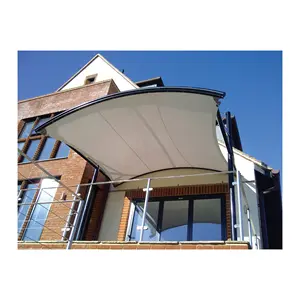








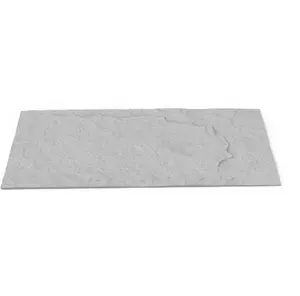


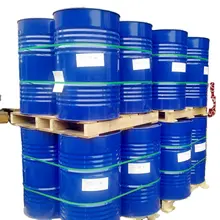

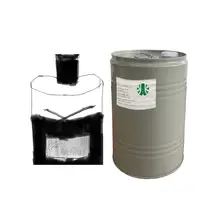


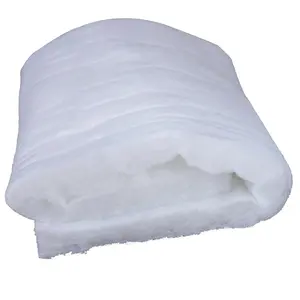
























 浙公网安备 33010002000092号
浙公网安备 33010002000092号 浙B2-20120091-4
浙B2-20120091-4